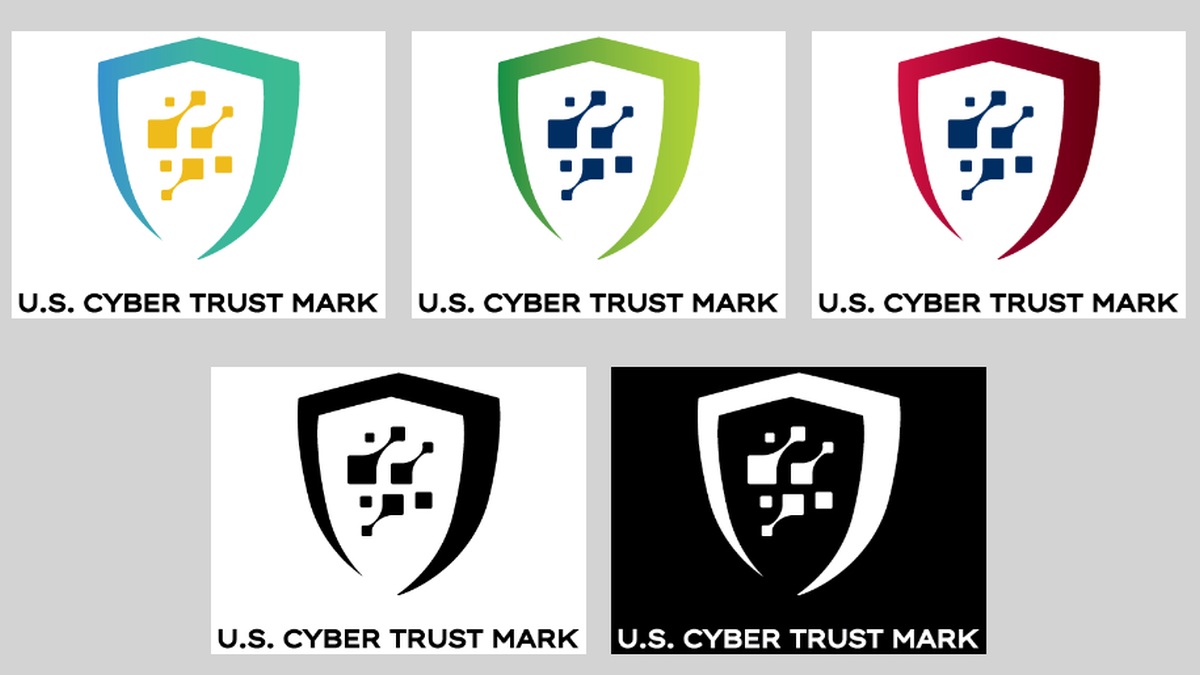BOOK THIS SPACE FOR AD
ARTICLE AD
Microsoft security researchers have discovered over two dozen critical remote code execution (RCE) vulnerabilities in Internet of Things (IoT) devices and Operational Technology (OT) industrial systems.
These 25 security flaws are known collectively as BadAlloc and are caused by memory allocation Integer Overflow or Wraparound bugs.
Threat actors can exploit them to trigger system crashes and execute malicious code remotely on vulnerable IoT and OT systems.
The vulnerabilities were found by Microsoft's researchers in standard memory allocation functions widely used in multiple real-time operating systems (RTOS), C standard library (libc) implementations, and embedded software development kits (SDKs).
"Our research shows that memory allocation implementations written throughout the years as part of IoT devices and embedded software have not incorporated proper input validations," the Microsoft Security Response Center team said.
"Without these input validations, an attacker could exploit the memory allocation function to perform a heap overflow, resulting in execution of malicious code on a target device."
Devices vulnerable to BadAlloc attacks
Vulnerable IoT and OT devices impacted by the BadAlloc vulnerabilities can be found on consumer, medical, and industrial networks.
The complete list of devices affected by BadAlloc includes (links to patches are available in CISA's advisory):
Amazon FreeRTOS, Version 10.4.1 Apache Nuttx OS, Version 9.1.0 ARM CMSIS-RTOS2, versions prior to 2.1.3 ARM Mbed OS, Version 6.3.0 ARM mbed-uallaoc, Version 1.3.0 Cesanta Software Mongoose OS, v2.17.0 eCosCentric eCosPro RTOS, Versions 2.0.1 through 4.5.3 Google Cloud IoT Device SDK, Version 1.0.2 Linux Zephyr RTOS, versions prior to 2.4.0 Media Tek LinkIt SDK, versions prior to 4.6.1 Micrium OS, Versions 5.10.1 and prior Micrium uCOS II/uCOS III Versions 1.39.0 and prior NXP MCUXpresso SDK, versions prior to 2.8.2 NXP MQX, Versions 5.1 and prior Redhat newlib, versions prior to 4.0.0 RIOT OS, Version 2020.01.1 Samsung Tizen RT RTOS, versions prior 3.0.GBB TencentOS-tiny, Version 3.1.0 Texas Instruments CC32XX, versions prior to 4.40.00.07 Texas Instruments SimpleLink MSP432E4XX Texas Instruments SimpleLink-CC13XX, versions prior to 4.40.00 Texas Instruments SimpleLink-CC26XX, versions prior to 4.40.00 Texas Instruments SimpleLink-CC32XX, versions prior to 4.10.03 Uclibc-NG, versions prior to 1.0.36 Windriver VxWorks, prior to 7.0BadAlloc mitigation
The vulnerabilities were found and reported to CISA and impacted vendors by security researchers David Atch, Omri Ben Bassat, and Tamir Ariel from Microsoft's 'Section 52' Azure Defender for IoT research group.
To decrease exploitation risk, CISA recommends organizations using devices vulnerable to BadAlloc attacks to:
Apply available vendor updates. Minimize network exposure for all control system devices and/or systems, and ensure that they are not accessible from the Internet. Locate control system networks and remote devices behind firewalls, and isolate them from the business network. When remote access is required, use secure methods, such as Virtual Private Networks (VPNs), recognizing VPNs may have vulnerabilities and should be updated to the most current version available. Also, remember that VPN is only as secure as its connected devices.If vulnerable devices cannot be patched immediately, Microsoft advises:
Reducing the attack surface by minimizing or eliminating exposure of vulnerable devices to the internet; Implementing network security monitoring to detect behavioral indicators of compromise; Strengthening network segmentation to protect critical assets.CISA also provides control systems security recommended practices and a technical information paper on Targeted Cyber Intrusion Detection and Mitigation Strategies.
While no active exploitation of the BadAlloc was detected so far in the wild by Microsoft, CISA asks organizations to report any malicious activity targeting them for easier tracking.
The National Security Agency (NSA) published a security advisory earlier today on evaluating IT and OT connection risks, and preventing and detecting malicious activities.
.png)















 Bengali (Bangladesh) ·
Bengali (Bangladesh) ·  English (United States) ·
English (United States) ·